Taunton Yew Information – How To Care For Taunton Yew Shrubs
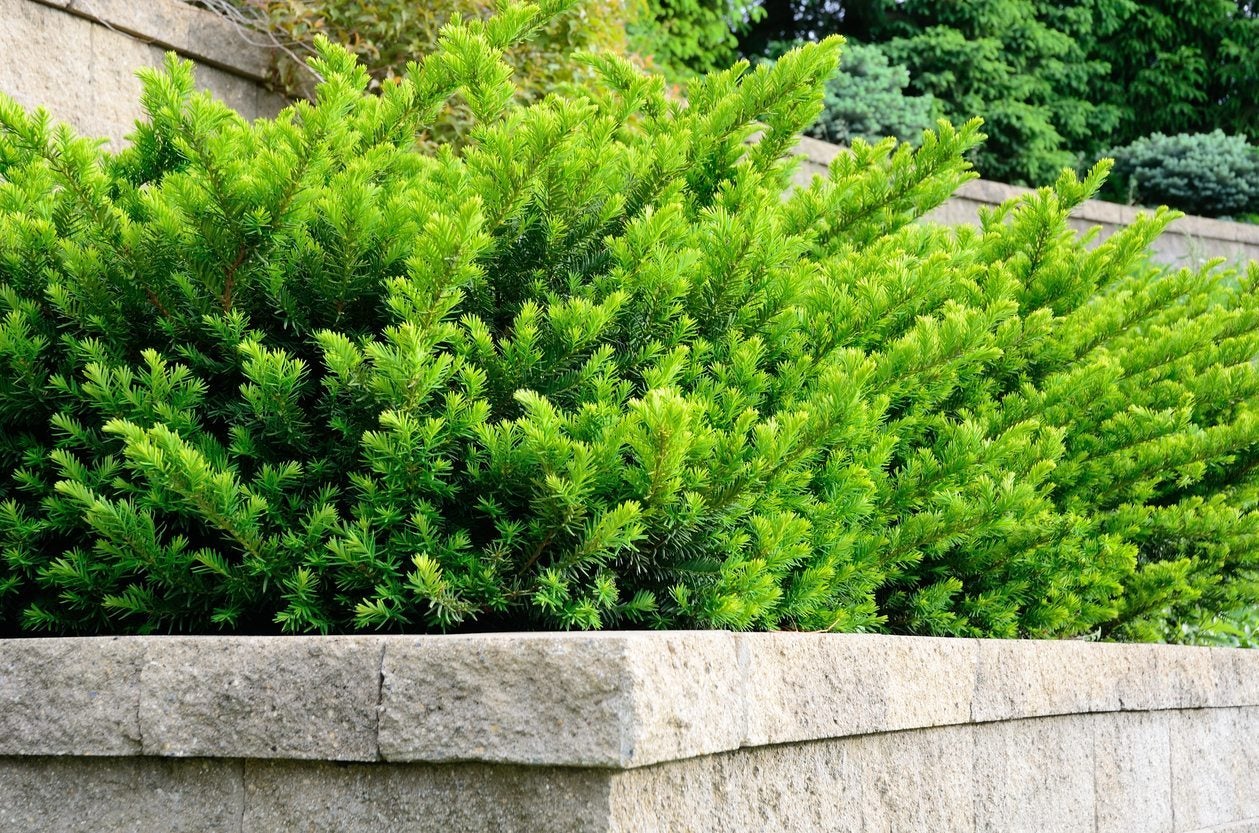

Nothing is more useful in a garden than an easy-care evergreen that does just fine in shady sites. Taunton yew shrubs fit the bill as short, attractive evergreens with a nice spreading form that tolerate shade. For more information, including tips on the care for Taunton yew, read on.
Taunton Yew Information
Taunton yew shrubs (Taxus x media 'Tauntonii') have many features that make them a delight in your backyard or garden. They are also known by the common name Taunton’s yew. Those growing Taunton yews love the shrubs’ deep green needles, which seem to resist summer burn and winter freeze damage. Taunton yew shrubs grow some 3 to 4 feet (1 m.) tall and 5 to 6 feet (1.5-2 m.) wide, spreading out in a graceful, rounded form. Foliage is dark bluish green. It grows in densely to give the plants a compact appearance.
Growing Taunton Yews
You can start growing Taunton yews if you live in U.S. Department of Agriculture plant hardiness zones 4 through 7. Some gardeners report that they can also survive in zone 3. One of the most compelling features of these shrubs is their tolerance of shade. Those growing Taunton yew can plant them in sun or in a location with shade and get equally good results. For best Taunton yew care, install these shrubs in moist soil, ideally sandy loam, with excellent drainage. Avoid wet growing conditions since this can kill the shrubs.
Care for Taunton Yews
Taunton yew care is not difficult if the shrubs are sited appropriately. They do better if you protect them from winter winds, so select a sheltered location. Once in place and established, Taunton yew requires minimal care. However, regular irrigation is an essential element of care, particularly in the first seasons after transplant. Those growing Taunton yews must plan on weekly watering. You may have to water even more frequently in extreme heat. Pruning is not an essential part of care for Taunton yews, but they do accept pruning. If you prefer a neat, tidy appearance, you can make an annual shearing a part of your care routine. Prune in summer for best results.
Gardening tips, videos, info and more delivered right to your inbox!
Sign up for the Gardening Know How newsletter today and receive a free copy of our e-book "How to Grow Delicious Tomatoes".

Teo Spengler is a master gardener and a docent at the San Francisco Botanical Garden, where she hosts public tours. She has studied horticulture and written about nature, trees, plants, and gardening for more than two decades. Her extended family includes some 30 houseplants and hundreds of outdoor plants, including 250 trees, which are her main passion. Spengler currently splits her life between San Francisco and the French Basque Country, though she was raised in Alaska, giving her experience of gardening in a range of climates.
-
 Looking For Plants To Give You The Soft And Fuzzies? Try These 5 Fuzzy Leaf Plant Options
Looking For Plants To Give You The Soft And Fuzzies? Try These 5 Fuzzy Leaf Plant OptionsLovers of texture, drama, silver foliage and tactile plants will adore these special sensory garden additions. These fuzzy leaf plant options will leave you all aglow
By Susan Albert
-
 Get Ready For A Summer Of Hummers! Grow These Full Sun Hummingbird Plants and Flowers
Get Ready For A Summer Of Hummers! Grow These Full Sun Hummingbird Plants and FlowersIf you’re lucky enough to enjoy a sunny backyard, make sure you are maxing out on your pollinator opportunities and grow these full sun hummingbird plants and flowers
By Tonya Barnett
-
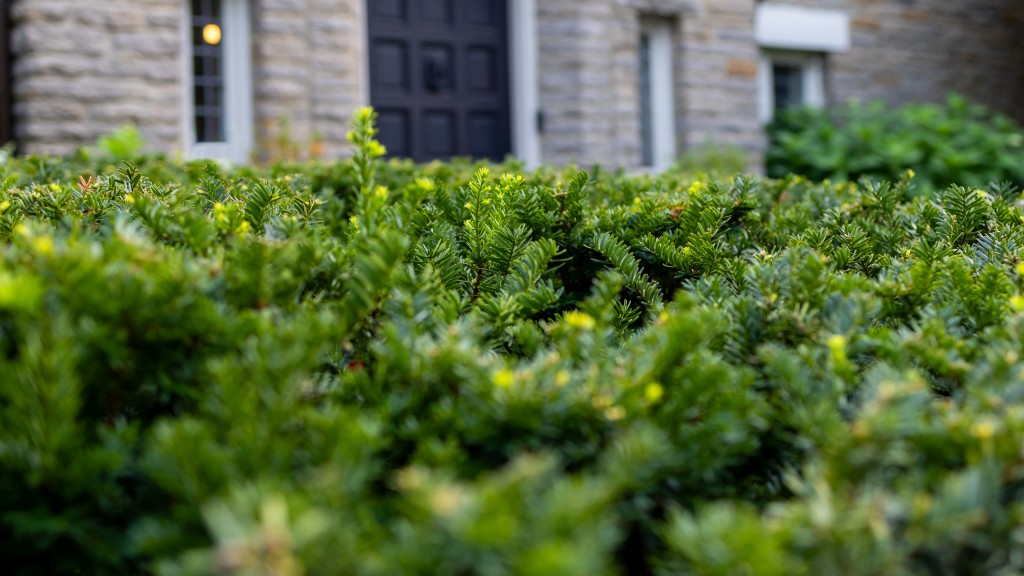 How To Grow A Dense Yew Hedge
How To Grow A Dense Yew HedgeHow To Prune A Yew Hedge For Bushier Growth
By Susan Albert
-
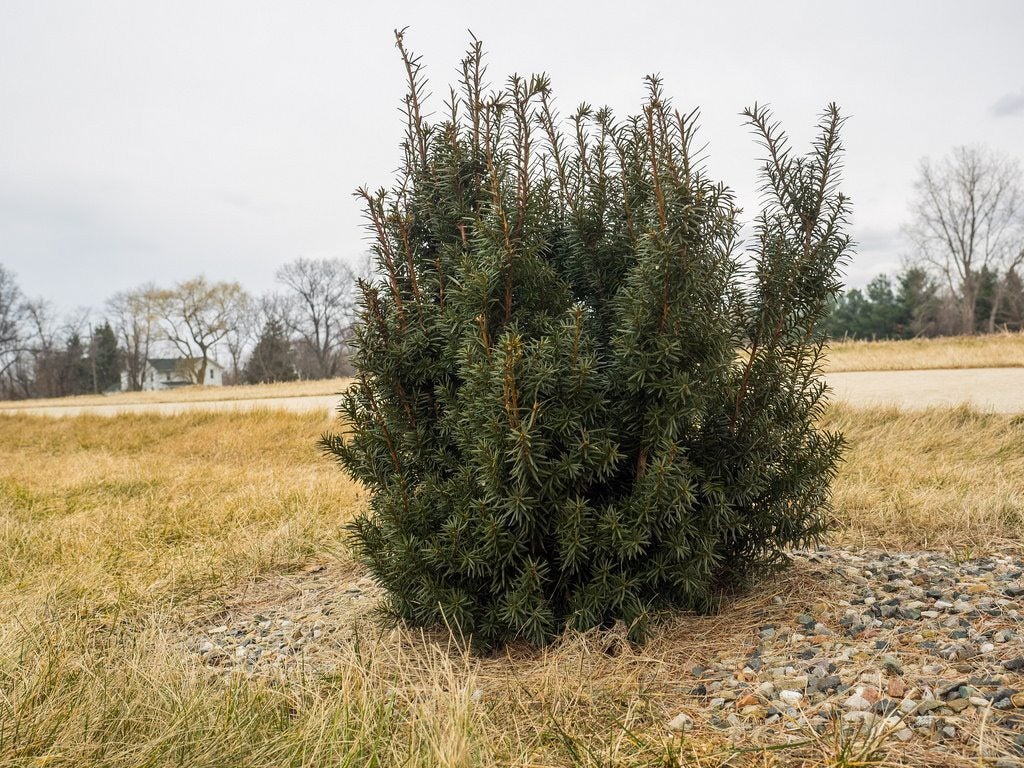 Hicksii Yew Information: How To Care For Hicks Yew Plants
Hicksii Yew Information: How To Care For Hicks Yew PlantsEven if you never heard of Hicks yew, you may have seen these plants in privacy screens. This evergreen shrub has long, upright-growing branches and dense, shiny foliage. It's an excellent choice for tall hedges. If you want more Hicksii yew information, click here.
By Teo Spengler
-
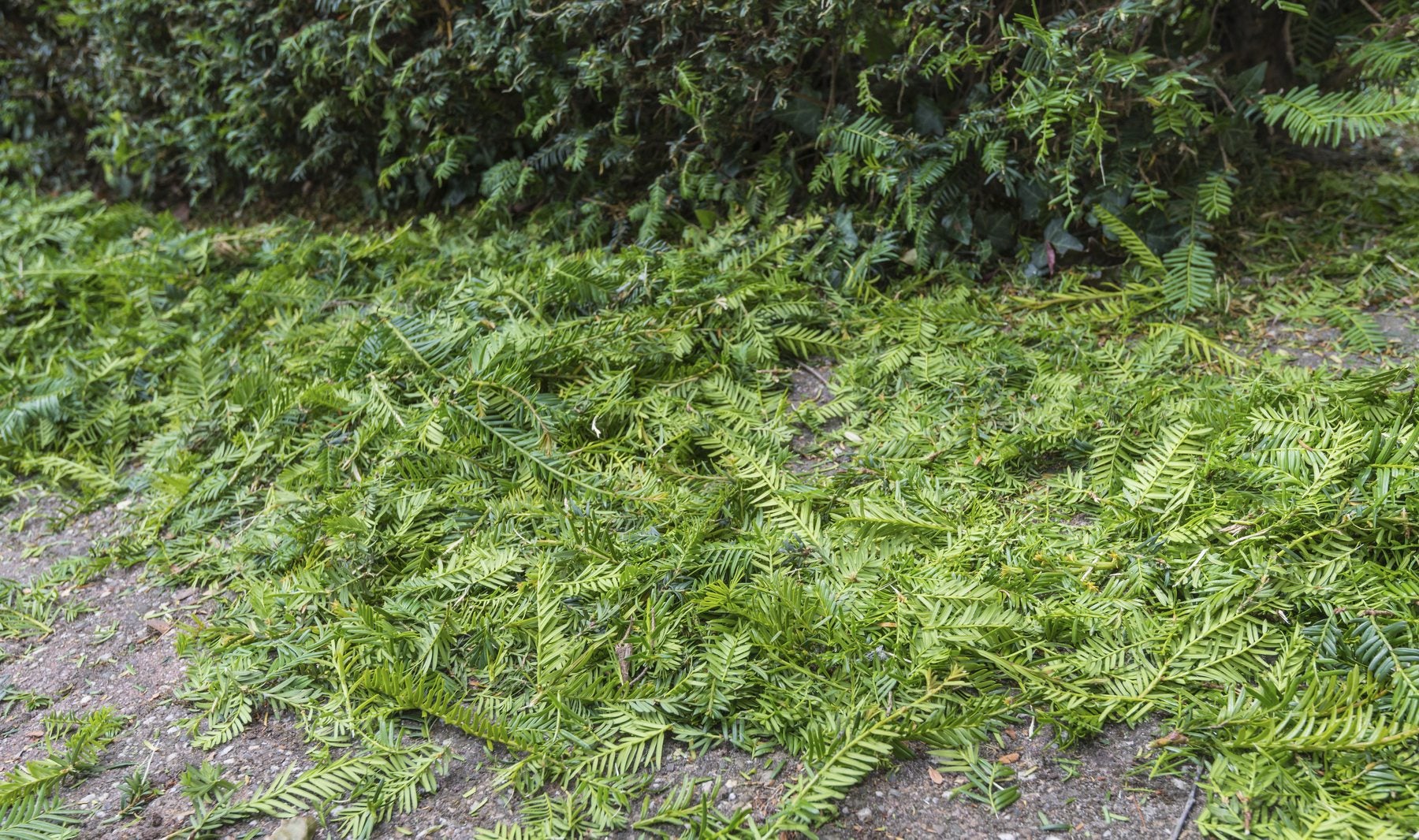 Pruning A Yew Shrub: How To Prune An Overgrown Yew Plant
Pruning A Yew Shrub: How To Prune An Overgrown Yew PlantUnlike some conifers, yews usually respond well to pruning. If you want to learn about pruning yew bushes, including how to prune an overgrown yew, then this article will help. Click here for additional information.
By Teo Spengler
-
 Japanese Yew Pruning Maintenance – Tips For Trimming A Japanese Yew
Japanese Yew Pruning Maintenance – Tips For Trimming A Japanese YewJapanese yew trees are long-lived evergreens often selected for specimen shrubs or hedges. Trimming a Japanese yew helps keep it an appropriate size or shape. Find tips on cutting back Japanese yews in the article that follows.
By Teo Spengler
-
 Yew Winter Damage: Tips On Treating Winter Damage On Yews
Yew Winter Damage: Tips On Treating Winter Damage On YewsWinter's chill can harm many types of trees, including yews. Contrary to what you might think, winter injury to yews doesn't generally follow an extremely cold winter. Click this article for information about yew winter damage.
By Teo Spengler
-
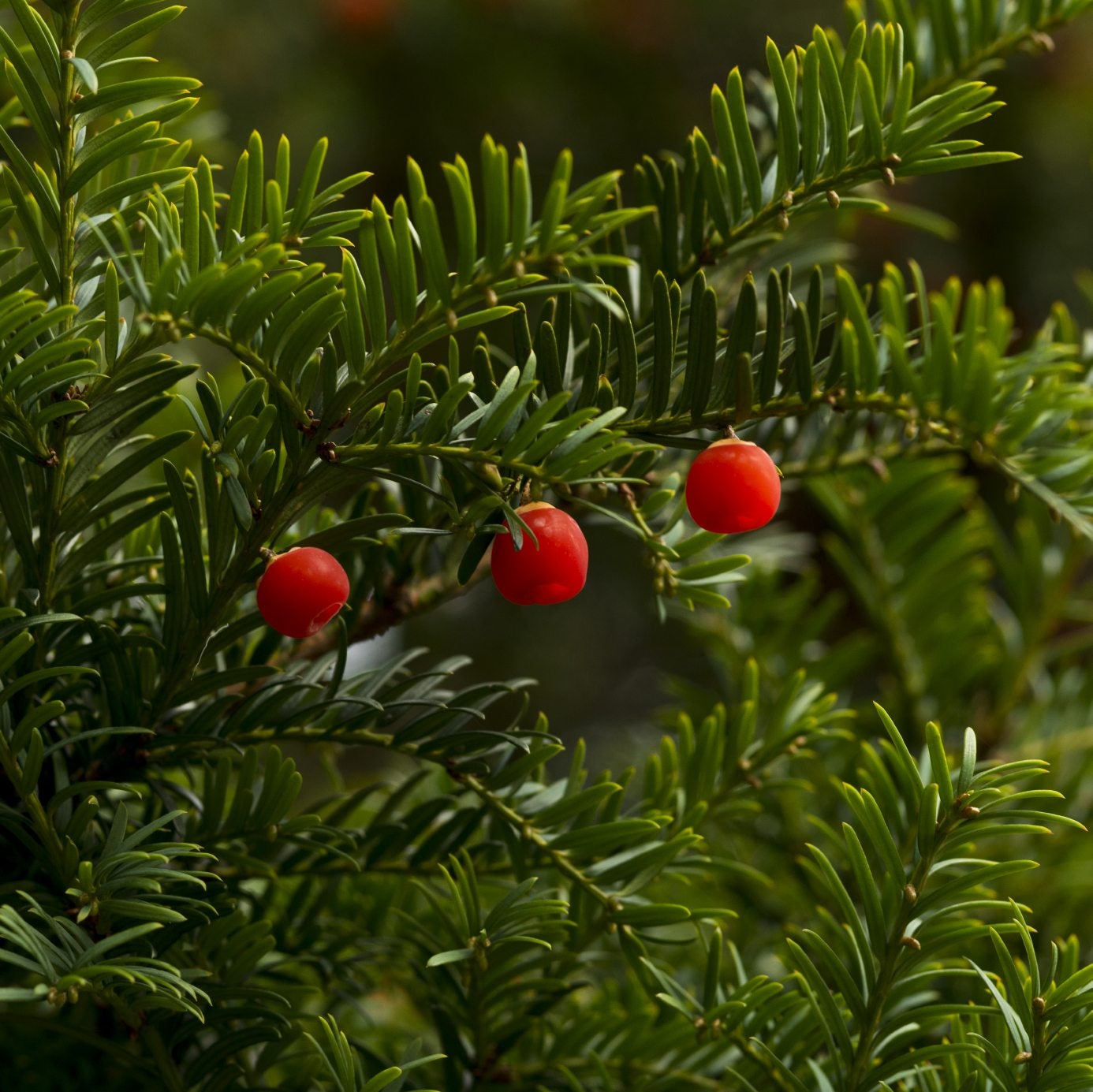 Japanese Yew And Dogs - Info About Japanese Yew Plants
Japanese Yew And Dogs - Info About Japanese Yew PlantsJapanese yew trees come in a wide range of sizes, from dwarfs that rarely exceed 2.5 feet to large specimens that can grow more than 50 feet tall. Read this article to find out whether this lovely and versatile plant is right for your garden.
By Jackie Carroll
-
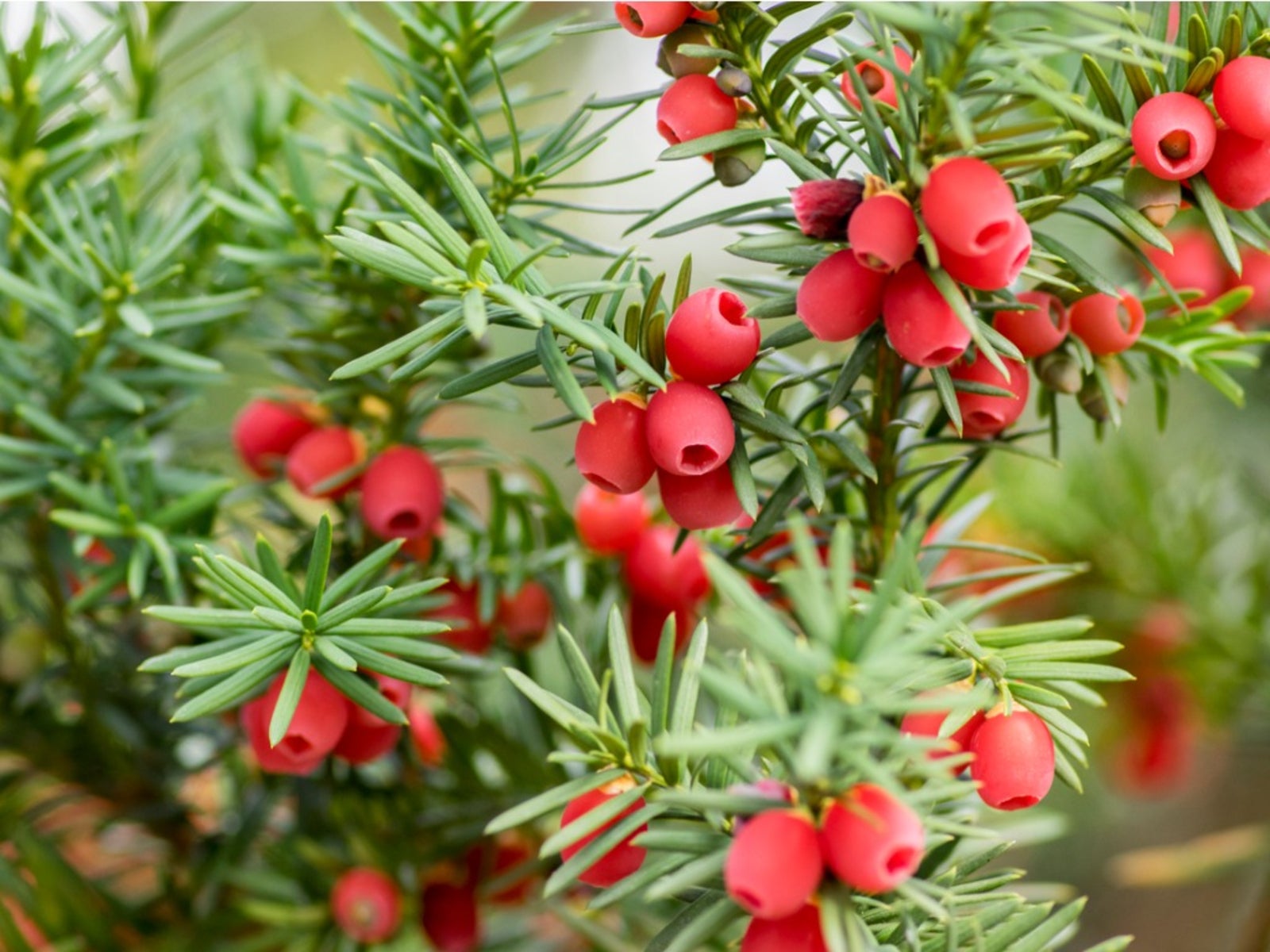 Yew Shrub Care: Tips For Growing Yews
Yew Shrub Care: Tips For Growing YewsYew is a great shrub for borders, entranceways, paths, specimen gardening, or mass plantings. Care of the shrub is minimal too. Read this article for more information on growing yews in the landscape.
By Amy Grant